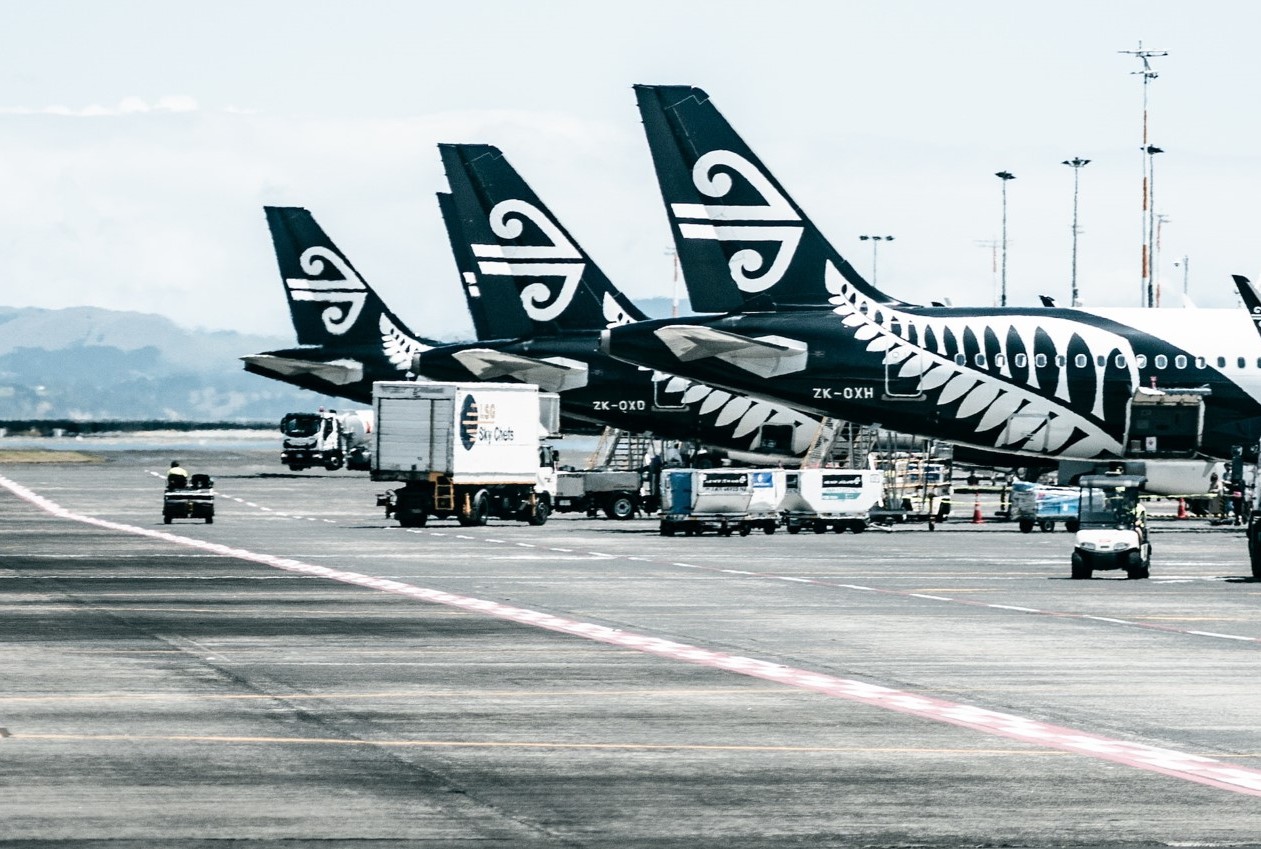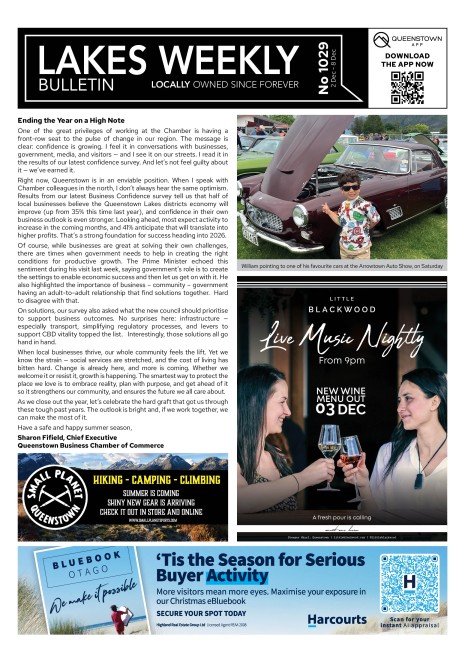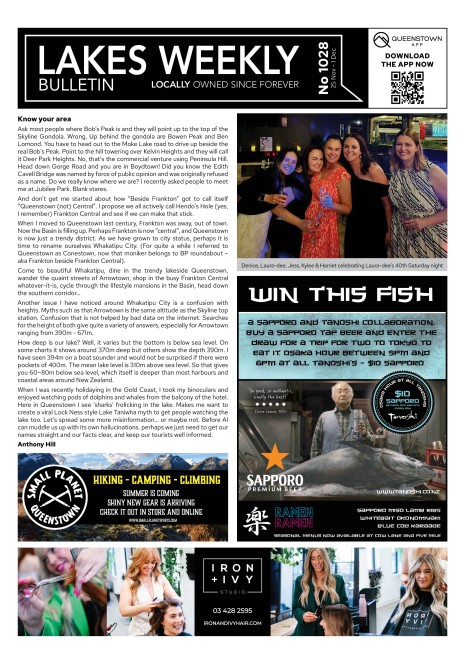Academics against Tarras airport plans

Photo: Douglas Bagg / Unsplash
Eleven of New Zealand’s leading academics have written an open letter to business leaders and politicians stating that the proposed new international airport in Central Otago should not proceed.
Christchurch International Airport Ltd plans to build a new airport in Tarras, which would rival Queenstown Airport. Unlike Queenstown, it would be able to land wide-bodied jets.
The letter, sent on Tuesday, has been signed by professors from Otago, Canterbury, Lincoln, Victoria, Massey and Auckland Universities. Signatories include Distinguished Professor Dame Anne Salmond and Professor Shaun Hendy.
The academics, who have expertise in the fields of business, economics, climate science, sustainability, Māori and indigenous studies, tourism, the environment, agriculture, and policy studies, outline multiple reasons why the airport proposal should be shelved.
These include the "significant environmental, social, cultural and economic as well as political and reputational consequences" of failing to reduce carbon emissions by building a new airport during a climate emergency.
They also point to the need to move "away from the volume-based growth approach" to tourism which "underpins the airport proposal", and highlight significant concern around the airline industry talking of achieving "zero carbon aviation" based on technologies which currently do not exist.
The letter also raises concerns about negative impacts on Central Otago’s environment, flora and fauna, strain on regional infrastructure, impact on local and regional communities, wider economic consequences, intergenerational impacts and the wellbeing of those living locally.
James Higham, Professor of Sustainable Tourism at the University of Otago, brought the group together, and says that he and his peers strongly oppose the airport proposal.
"Given the available research and data - and there is plenty of it - it makes no sense whatsoever to build a new airport at Tarras - or anywhere else in New Zealand for that matter."
He says that to do so "would be wrong.”
The group has formed under the moniker of 'Informed Leaders", as they are encouraging decision-makers to factor in relevant research.
"Decisions to proceed with projects like this with the potential for significant, intergenerational impacts should not be made in isolation by individual companies", he said.
"The available research and data should be factored in, discussed openly with stakeholders and key communities."
He says that he and others are calling for a national conversation about new airports.
The letter was sent to the board of Christchurch Airport, shareholders Christchurch City Council, central government, and Christchurch Community Boards, the Central Otago District Council and the Otago Regional Council. It can be read at www.informedleaders.com.
Professor Higham says that the group is now working on a curated index of existing, relevant research that should inform the wider conversation.
CAIL Project Director Michael Singleton says he welcomes perspectives but any call to stop the project before its benefits and impacts can be properly assessed is premature.
“We believe a new airport can fit within New Zealand’s emissions targets and meet the challenges posed by a changing climate," Singleton says.
"We remain committed to fully exploring that so authorities can make informed decisions around having the right infrastructure in the right place for that future.”
Singleton says New Zealand has robust regulatory frameworks that scrutinise infrastructure proposals.
“No project, including our own, is likely to be given approval if it fails to demonstrate how it will address its impacts and fit into a low emissions future.”
The researchers make a number of assumptions on how close low emission aviation is, he says.
"We have a more optimistic view. For example, both Air New Zealand and Sounds Air are planning to have zero emission flights within this decade. For long-term projects like ours – now is the time to plan for that.”
Airport infrastructure in Central Otago, which includes Queenstown and Wānaka, is reaching its capacity, he says, and a long-term solution must be found "to ensure the forecast demands of the region can be met in the most effective way.”
He says researchers continue to wrongly assume the plans are driven "solely" by long haul tourism.
"That is not and never has been the case. Airports need to be able to serve a range of people from local residents, visitors, friends and family, exporters of goods and services (including education). Our project aims to do that. Even pre-Covid less than 9% of passengers that arrived at Christchurch Airport arrived on ‘long haul’ flights.”
“Building an airport that can enable airlines to use all their current and future aircraft types and technologies makes sense. For example, wide-body planes are not just used for long-haul tourism routes, they are used on short-haul too."









